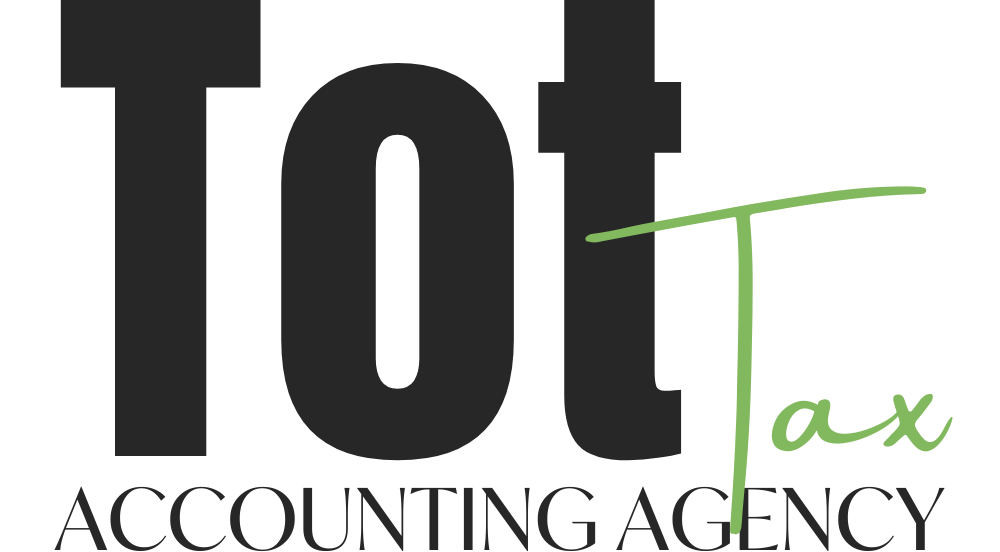Filing Taxes for the Self-Employed: A Beginner’s Guide
Being self-employed can be quite an adventure—it’s a mix of challenges, excitement, change, and so much more. If you keep pushing through and stick with a solid business plan, your dreams of success will become your reality.
However, before you push through with your goals as an entrepreneur, you should not forget about the legal requirements, especially with your taxes.
Here’s a quick beginner’s guide on filing taxes if you are self-employed.
1. Consider Your Business Entity
The first step in determining your tax obligations is to determine your business entity. This is important for several reasons.
First, you need to know the tax rate that applies to your business entity. For example, if you are a sole proprietor, you’ll pay tax at the individual tax rate. However, if you are a C corporation, you’ll pay tax at the corporate tax rate.
Second, you need to know how your business is classified. If you are an S corporation, you’ll pay tax on your LLC profits “passed through” to your individual tax return. If you are an LLC taxed as a partnership, you’ll need to file a Schedule K-1, which will be used to fill out your individual tax return.
2. Secure a Tax ID
Once you have determined your business entity, the next step is to secure a tax ID number. The IRS requires that you have a tax ID number in order to file taxes as a business.
The type of tax ID number you need is dependent on your business entity. Sole proprietors and single-member LLCs will use a Social Security number for their tax ID. However, partnerships and corporations will need to apply for an Employer Identification Number (EIN).
3. Track Your Income and Expenses
Self-employed taxpayers are required to keep track of all the income and expenses of their business. By doing so, you can determine your profit and loss at the end of the year.
The IRS allows you to use any system that works for your business as long as you consistently use it. While many business owners use spreadsheets or accounting software, it is not a requirement. However, these things can help you with tracking. If you are unsure what’s best, you can always consult a business tax accountant.
4. Learn about Tax Deductions
Tax deductions are expenses that you incur while working your business. All businesses are required to deduct their business expenses from their gross receipts. This is where you reduce your taxable income by claiming tax deductions.
For example, if you are a sole proprietor, you would claim your home office as a business expense. You’d then deduct $1,000 off of your $5,000 gross receipts, leaving you with $4,000 in business income to report on your tax return.
There is generally an upper limit to the number of business expenses you can claim. For sole proprietors and single-member LLCs, the upper limit is 50% of your business income. For partnerships and S corporations, the upper limit is 67% of your business income.
5. Understand Your Legal Responsibilities
As a self-employed business, you are required to report your income and pay taxes. You will also be required to file quarterly tax estimates and, at the end of the year, file an annual tax return to report your income and pay the final tax bill.
In addition, if your business net earnings are more than $400 for the year, you will be required to pay self-employment tax. This is a tax on the amount of your income that is not subject to your income tax.
Final Thoughts
To better understand your legal requirements, you may want to consult a tax attorney in your area. They’ll be able to give you specific advice on your business entity, tax deductions, and more.
For professional accounting services, work with us at Tottax. Our tax consultants will help in filing self-employed tax returns—helping you avoid tax troubles and costly mistakes. Give us a call at (303) 536-1757 to get started.
